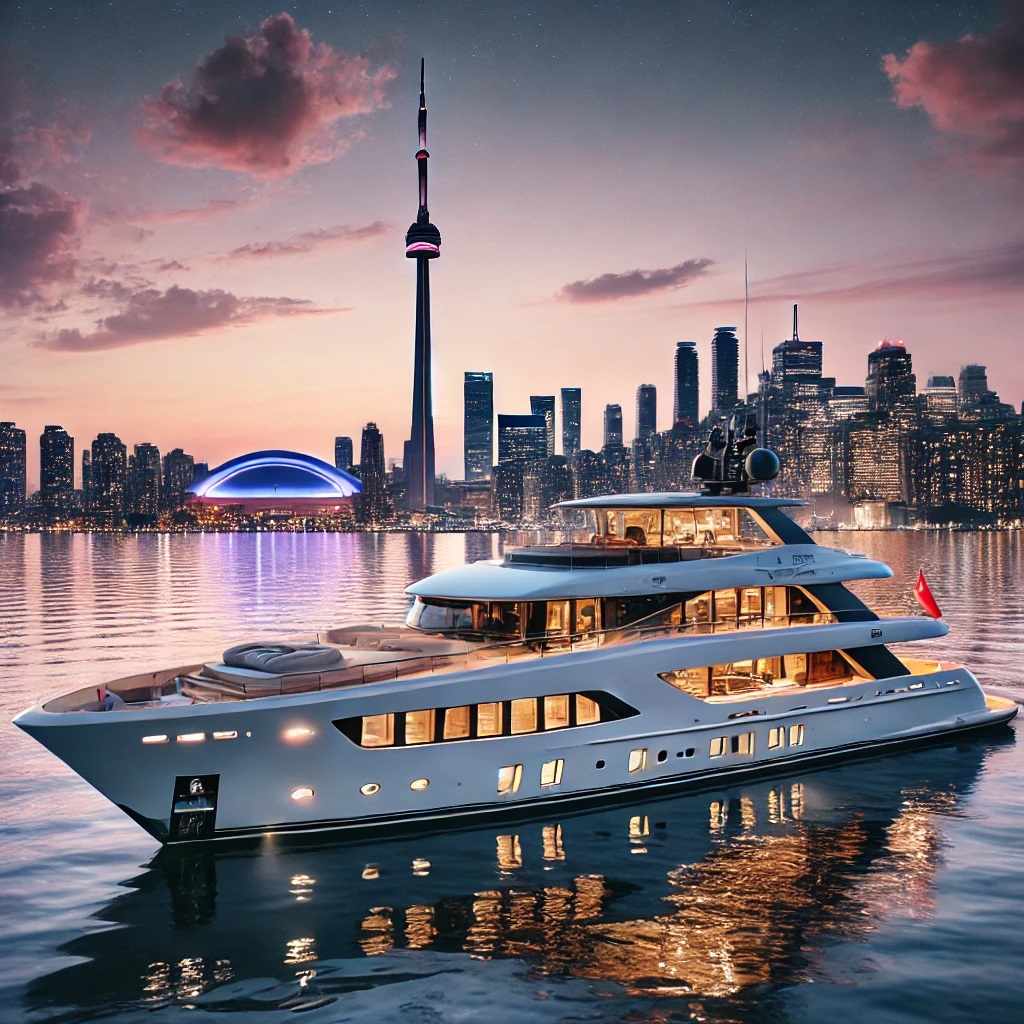
Introduction
Owning a yacht epitomizes luxury and freedom on the open seas. However, beyond the initial purchase price lies a series of ongoing expenses that can Yacht for sale significantly impact your financial planning. Understanding these costs is crucial for prospective and current yacht owners to ensure a seamless and enjoyable yachting.
1. Maintenance and Repairs
Regular maintenance is vital to keep your yacht in optimal condition. Annual maintenance costs typically range from 5% to 10% of the yacht's value. This includes:
Hull Cleaning and Painting: Essential for preventing biofouling and corrosion.
Engine and Mechanical Systems: Routine checks and servicing to ensure reliability.
Electrical and Plumbing Systems: Maintenance of onboard systems for safety and comfort.
Interior Upkeep: Preserving the aesthetic and functional aspects of the yacht's interior.The Guardian
Neglecting maintenance can lead to costly repairs and depreciate the yacht's value.
2. Crew Salaries and Provisions
For larger yachts, hiring a professional crew is often necessary. Crew-related expenses include:
Salaries: Depending on the yacht's size and the crew's experience.
Benefits: Health insurance, retirement plans, and other perks.
Provisions: Food, uniforms, and other necessities.
These costs can amount to $200,000 to $1 million annually, depending on the yacht's size and the crew's composition.
3. Fuel and Operational Costs
Fuel consumption varies based on yacht size, engine type, and usage patterns. On average:
Smaller Yachts: May consume $30,000 to $50,000 worth of fuel annually.
Superyachts: Can incur fuel costs exceeding $400,000 per year.
Operational costs also encompass lubricants, filters, and other consumables necessary for smooth functioning.
4. Docking and Mooring Fees
Securing a berth for your yacht involves:
Marina Fees: Vary by location, size, and amenities. Premium marinas in popular destinations can charge $10,000 to $100,000 annually.
Mooring Fees: Applicable when anchoring in certain areas, often regulated by local authorities.
These fees are essential considerations, especially for yachts that spend extended periods
5. Insurance Premiums
Comprehensive insurance coverage is crucial to protect against unforeseen events. Premiums typically range from 1% to 5% of the yacht's value annually, covering:
Hull and Machinery: Protection against damage or loss.
Liability: Coverage for third-party claims.
Crew Coverage: Medical and accident insurance for onboard staff.
Factors influencing premiums include the yacht's age, cruising areas, and claims history.
6. Depreciation and Resale Value
Yachts depreciate over time, impacting their resale value. On average:
First Year: Depreciation can be as high as 10%.
Subsequent Years: Annual depreciation rates of 7% are common.
Regular maintenance and upgrades can help mitigate depreciation effects.
7. Regulatory Compliance and Taxes
Yacht owners must adhere to various regulations and tax obligations, including:
Registration Fees: Costs associated with registering the yacht under a flag state.
Value Added Tax (VAT): Applicable in many jurisdictions, often 20% or more of the yacht's value.
Environmental Compliance: Adhering to emissions and waste disposal regulations.
Non-compliance can result in hefty fines and legal complications.
8. Winterization and Storage
In colder climates, yachts require winterization to prevent damage from freezing temperatures. This includes:
Engine and System Draining: Removing water to prevent freezing.
Protective Covers: Shielding the yacht from snow and ice.
Indoor Storage: Optional but provides additional protection, costing $5,000 to $15,000 per season.
Proper winterization extends the yacht's lifespan and reduces repair costs.
9. Upgrades and Customization
Owners often invest in upgrades to enhance comfort and functionality, such as:
Navigation Systems: Modern GPS and radar installations.
Entertainment Systems: State-of-the-art audio-visual equipment.
Interior Refurbishments: Updating cabins, salons, and galleys.
These enhancements can range from $10,000 to several million dollars, depending on the scope.
10. Miscellaneous Expenses
Additional costs that yacht owners may incur include:
Tenders and Toys: Jet skis, dinghies, and other recreational equipment.
Professional Services: Legal, accounting, and consultancy fees.
Travel and Logistics: Crew travel expenses, provisioning, and itinerary
These expenses, while variable, contribute to the overall cost of yacht ownership.
Conclusion
Yacht ownership offers unparalleled experiences on the water, but it's accompanied by substantial ongoing expenses. Prospective owners should budget for 10% to 20% of the yacht's value annually to cover these costs. Thorough financial planning and consultation with maritime professionals can help manage these expenses effectively, ensuring a rewarding yachting lifestyle.
Frequently Asked Questions (FAQs)
Q1: What is the average annual cost of owning a yacht?
A: Owners should anticipate annual expenses ranging from 10% to 20% of the yacht's value, covering maintenance, crew, fuel, insurance, and other operational costs.
Q2: Can I offset yacht ownership costs?
A: Yes, by chartering your yacht when not in use, you can generate income to offset expenses. However, this involves additional considerations like commercial insurance and compliance with charter regulations.
Q3: Are there tax benefits to yacht ownership?
A: Depending on your jurisdiction and how the yacht is used (private vs. commercial), there may be tax advantages. Consulting with a maritime tax professional is advisable.
Q4: How does yacht size impact ongoing expenses?
A: Larger yachts generally incur higher costs due to increased crew requirements, fuel consumption, maintenance, and docking fees.
Q5: Is yacht ownership suitable for occasional use?
A: For infrequent use, alternatives like yacht clubs, fractional ownership, or charters may offer similar experiences with fewer financial commitments.














Write a comment ...